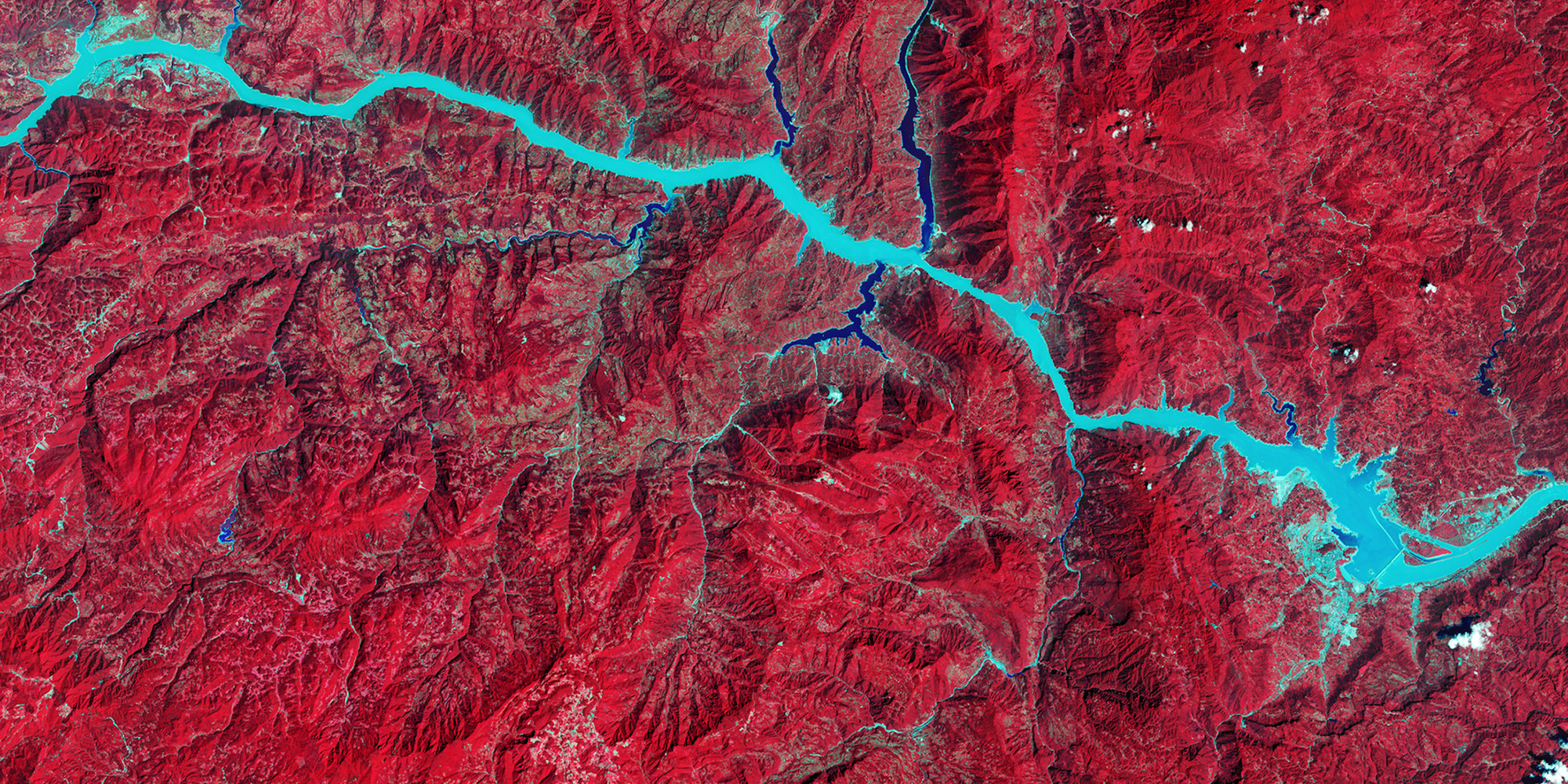
Listen to the Broken Nature Podcast
In this four-episode series, hosted by senior curator Paola Antonelli, guests examine our fragile ties to the environment.
Apr 19, 2021
What are some of the most urgent challenges facing our planet? And how can design help us meet them?
Join Paola Antonelli, senior curator of architecture and design, for Broken Nature, a four-episode podcast series in conjunction with MoMA’s eponymous exhibition, which explores our fragile but fundamental ties to the rest of nature and the world around us. Antonelli and her guests—bloggers, anthropologists, judges, entrepreneurs, and more—will look at systems that sustain and permeate our lives, from food to fashion and the law, and ask how we might redesign them to make them fairer to all humans and other species.
Episodes will roll out out weekly here on Magazine. You can also subscribe to the MoMA Magazine podcast wherever you get your podcasts, including Spotify and Apple, and come see the exhibition that inspired this series at MoMA.
The Broken Nature podcast is hosted by Paola Antonelli and produced by Isabel Custodio, with research and writing by Anna Burckhardt, and assistance from Alex Halberstadt, Prudence Peiffer, and Leah Dickerman. Original music by Pablo Altar.
Join us for a live Q&A on Thursday, April 22 (Earth Day), with Paola Antonelli and anthropologist Eduardo Kohn.
New This Week
Episode 4: “Who Is a River?”
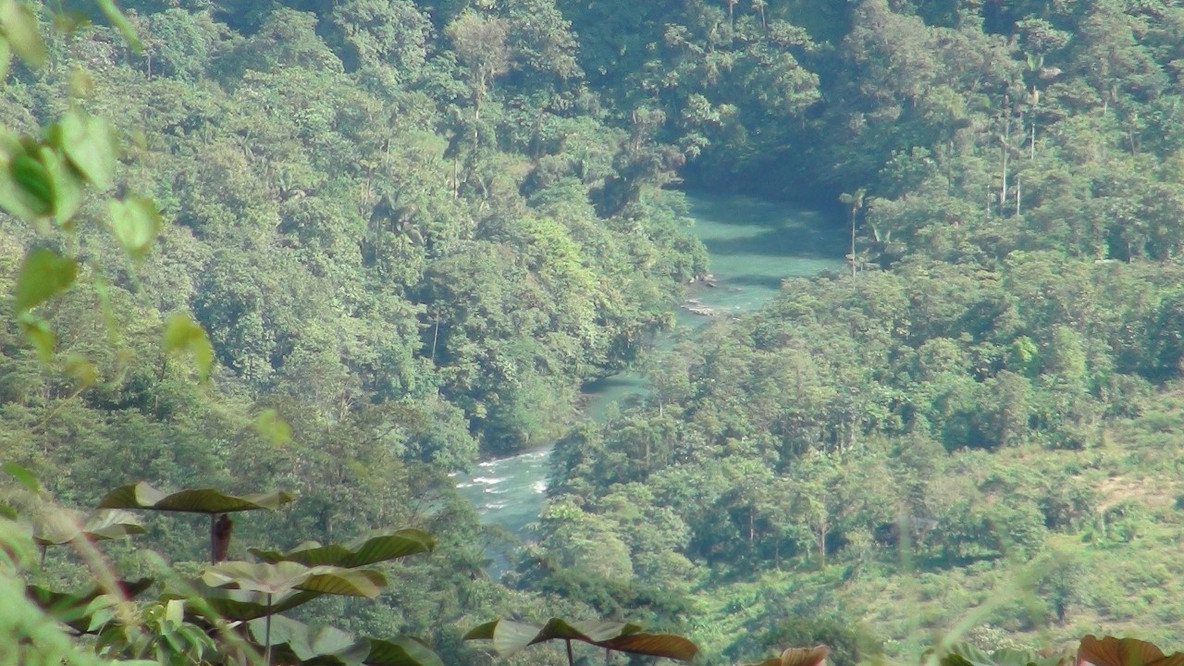
Photo credit: Unidad Indígena del Pueblo Awá (UNIPA)
In April, a network of Florida streams, lakes, and marshes brought a lawsuit against a real-estate developer. Through a legal representative, these bodies of water claim that an upcoming housing development threatens their ecosystem and violates their right to exist, to flow, and to be protected against pollution. The United States is only the latest country to pass legislation that considers aspects of the natural world to be legal entities. Several countries, mostly in the Global South, have paved the way, enshrining these rights in their constitutions, their laws, and their jurisprudence. But what does it mean for bodies of water, animals, and all of nature to be granted legal rights? Can thinking of them as legal entities help us shift the way we conceive of nature, and curb our destructive instincts? And how can the law—a system created by humans—properly represent non-human entities? This episode looks at rivers and other bodies of water: the important role they play in sustaining humanity and all other earthly species, how they have been systematically exploited, and whether granting them legal rights can help protect them.
“We’ve reconfigured and influenced just about every square inch of land and cubic inch of the atmosphere mostly through carelessness and neglect, sometimes through malice,” says our first guest, author Nathaniel Rich, whose book Second Nature examines the influence humans exert on an ailing planet. “You can’t have a healthy population if you don’t have healthy waters, if you don’t have healthy forest and land,” he says. But how do we begin to understand this interconnectedness? And how do we do it while recognizing that nature should be protected regardless of how it might benefit humanity? For many people in India, life is dictated by the health of the country’s rivers. Before the worst of the current COVID-19 crisis, we spoke with activist Vimlandu Jha, whose work has focused on fighting pollution in the Yamuna river. “The reason why I fight this battle today and every day...is for reasons of health, reasons of economy, reasons of well being: you know, 1.5 million people die every year in India because of air pollution.”
How can successful initiatives prevail in countries where nature continues to be attacked? Since 2018, our third guest, Belkis Izquierdo, a judge and indigenous woman belonging to the Arhuaco people in Colombia, has been a magistrate in the Special Jurisdiction for Peace, a judicial body created within the framework of the Colombian Peace Agreements of 2016 to investigate and judge the crimes committed during the country’s decades-long civil war. Izquierdo has advocated for a shift in how we think about nature by declaring that it should be considered a victim of such crimes. “It’s not just the defense of humans and addressing the crimes that have been committed against humans,” she says, “but other subjects of rights that are indivisible from the people, the body, and the territory. It’s a way of living.”
Episode 3: “Will We Need to Become Less Human to Survive the Climate Crisis?”
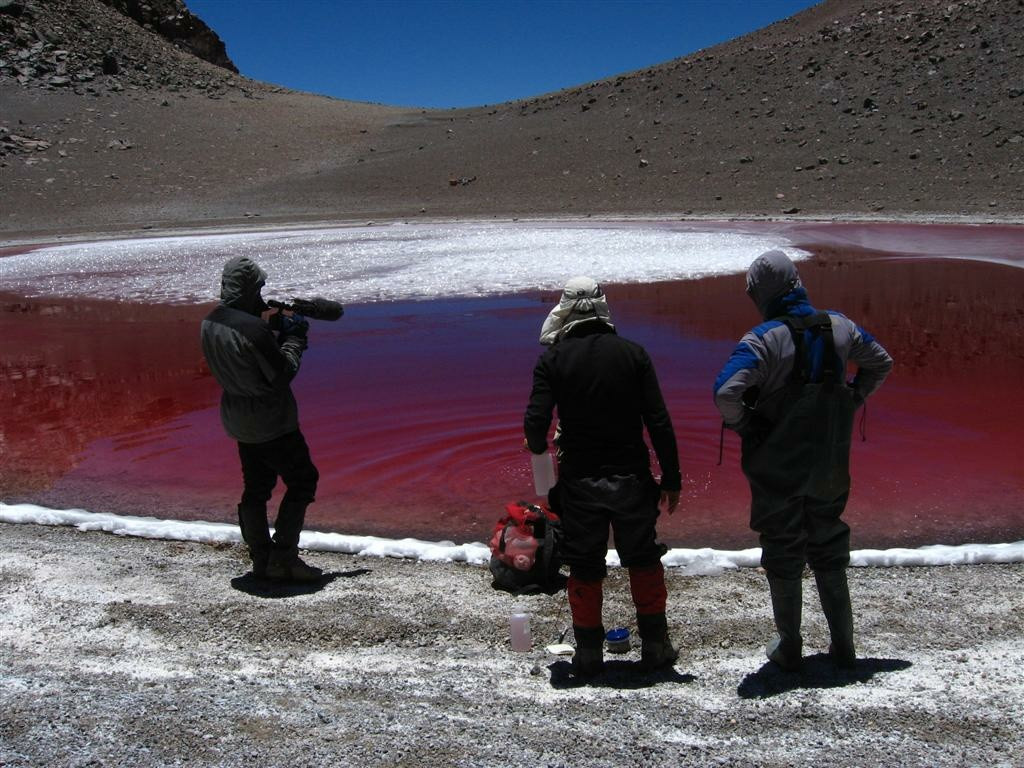
Photo courtesy of the SETI Institute/NAI High Lakes Project
Humans depend on certain conditions to survive on Earth: oxygen, water, food, and the atmosphere’s protection from the sun’s most dangerous rays. But what happens when these conditions begin to change? This episode looks at the most intimate system in our lives: our own bodies. We explore how human bodies are affected by the changing climate and whether they will need to be redesigned in order for our species to survive. “When you inhale smoke, what happens is really an immunological response,” says our first guest, Sarah Henderson, scientific director of Environmental Health Services at the British Columbia Center for Disease Control, about her research on wildfire smoke in the Pacific Northwest. “Your body interprets the smoke as some type of foreign invader, the same way it would interpret a bacteria or a virus, and sends out an immunological response to try to kill that smoke and to try to get it out of your body.”
There is no question that humans have caused dramatic and often irreversible changes to the environment, which have altered the way we will live for the rest of our time on Earth. Wildfires are just one example of the ways more and more regions are turning into extreme environments. What does this mean for the survival of the human species? Will we have to change our physiology in order to continue to exist? Should we? Scientists like geneticist Christopher Mason are turning to other species to explore how we might ensure human survival on Earth and, eventually, on other planets. His book The Next 500 Years: Engineering Life to Reach New Worlds argues that humans have a duty to explore other planets in order to prolong our existence. “In the next 500 years, we will learn enough about the human genome, and microbial biology and general genetics, that we can basically begin to think about sending humans to Mars and keeping them there safely. And even potentially adapting ourselves to these new environments,” he says.
On the other hand, there are those who wonder about our moral duty as a species that is aware of its eventual extinction—and is also responsible for permanently altering the Earth’s composition. Our third guest, astrobiologist Nathalie Cabrol, director of the SETI Institute at the Carl Sagan Center for Research, investigates the adaptation of biological life to extreme environments and its relevance to planetary exploration. “The responsibility is here for us on our planet,” Cabrol insists. “We are not going to Mars to solve all of the misery of planet Earth…. If we live with that state of mind, then we will just continue to pursue the same mistakes wherever we go.”
Episode 2: “Should Secondhand Be Our First Choice?”
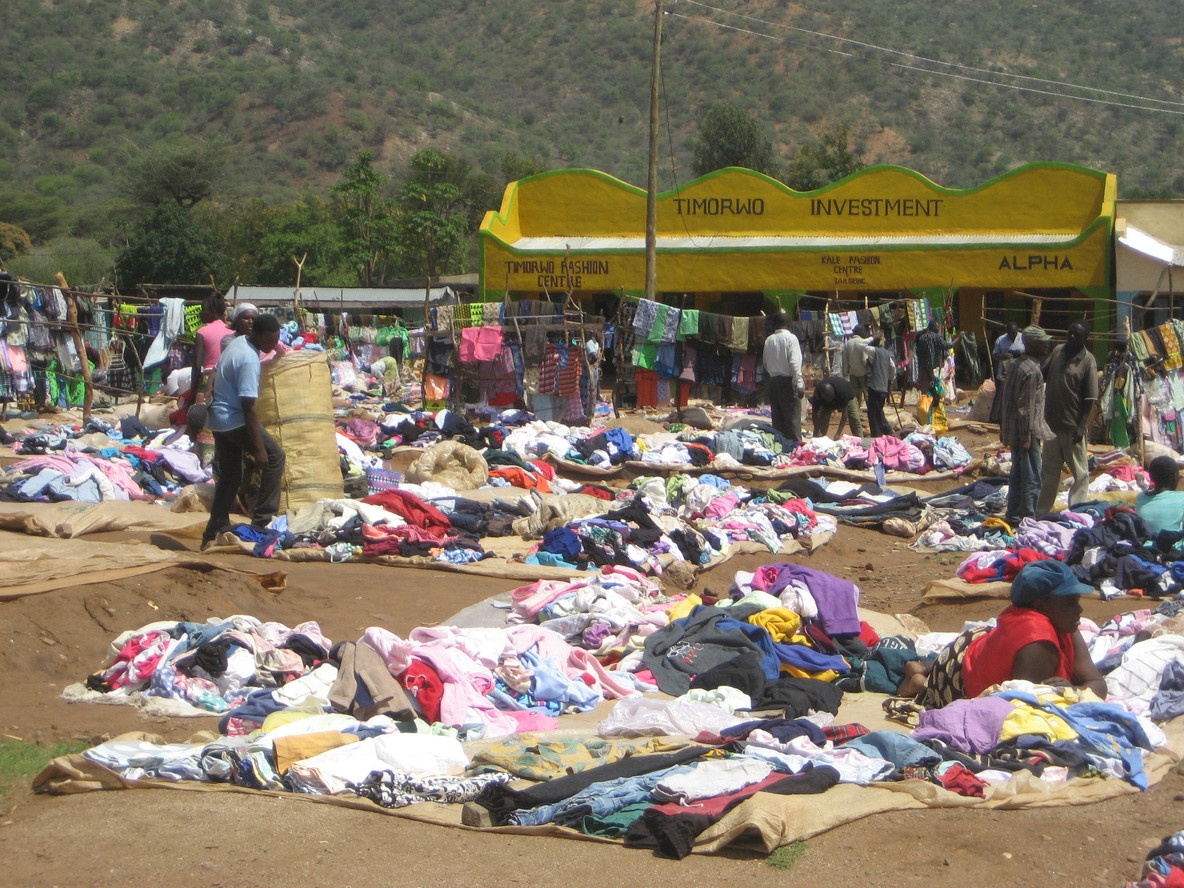
It is no secret that the fashion industry is a global network that unites economies around the world. A pair of Levi’s 501 jeans can be designed in San Francisco, made from cotton harvested in India, manufactured in Bangladesh or Mexico, and sold in the United States. What happens when the garment is discarded or donated? It might become someone’s beloved possession right down the street, end up being upcycled in Tokyo, or get sold in a large market in Mozambique—hindering local economies and polluting local ecosystems. This episode explores the global secondhand clothing landscape: who participates in it, who benefits from it, who suffers because of it, and whether it is, in fact, a sustainable alternative to the excessive consumption encouraged by the system of fashion, whether fast or slow. “Liberalization is something which is often done quite harshly in poor countries, and quite gradually in rich countries,” our first guest, Andrew Brooks, says of the system that allows for the free transit of garments and the resulting unbalanced relationship between the Global North and South. A geographer at King’s College London, Brooks has investigated the ways in which clothing ”works as a vector for understanding the production of global inequality.”
We discuss the international policy that has created this system, and speak with creatives and entrepreneurs working to resist it through both localized design and business models that seek to change consumption behaviors and policy. “As human beings, we should never be in a position...where we take things from the future and use them for now,” says guest Katekani Moreku, a South African fashion designer who uses discarded clothing to create new garments. Our final guest, Julie Wainwright, created the RealReal—a business focused on luxury consignment that is also working with larger brands to re-envision the overproduction of the fashion industry. For her, “resale is a part of the fashion solution and will have equal weight going forward.”
Episode 1: “Is Corn Feeding a Lie?”
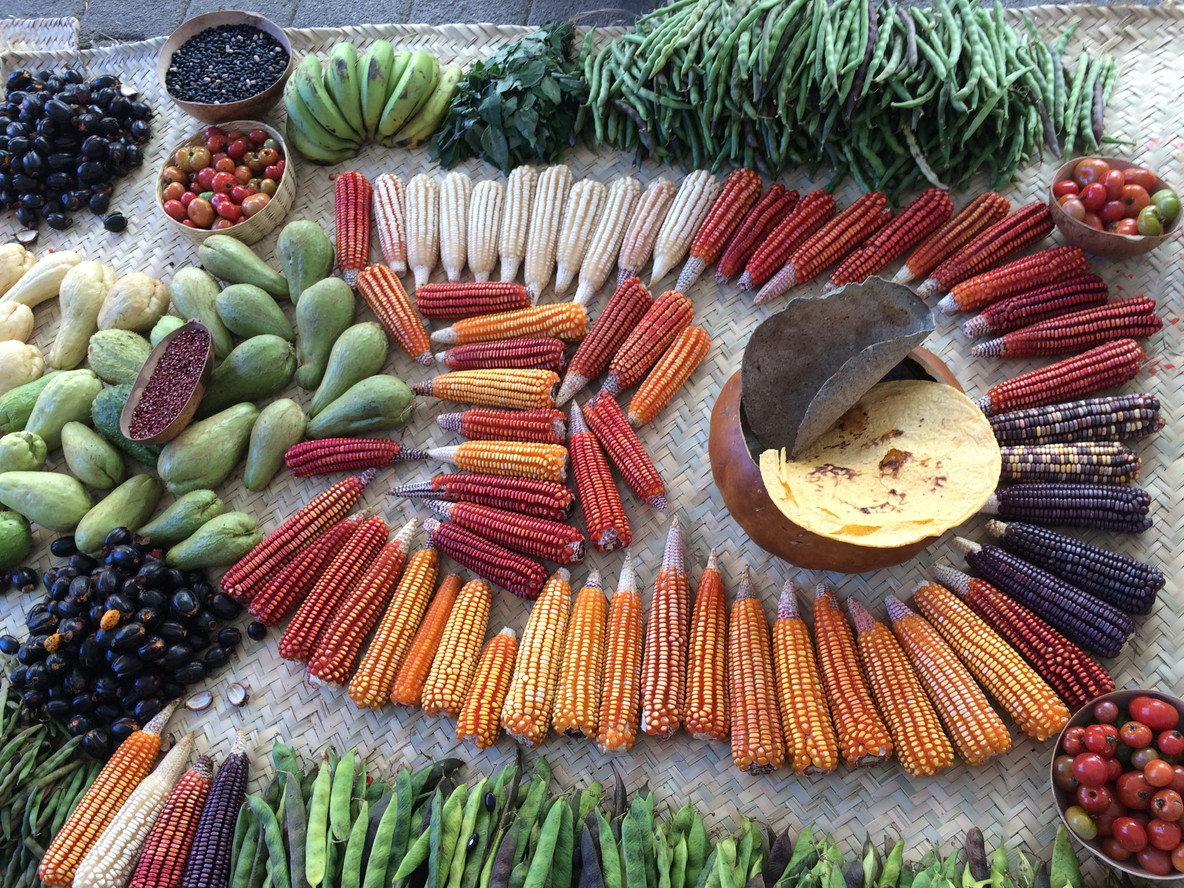
Corn varieties displayed at the Feria de la Agrobiodiversidad (Fair of Agrobiodiversity) in the state of Oaxaca, Mexico. From Los Guardianes del Maíz (The Keepers of Corn). 2020. Documentary directed by Gustavo Vasquez
Showing up in food, cosmetics, fuel, medicine—and, by consequence, in much of the air we breathe—corn has become one of the most ubiquitous presences in our lives. “It’s literally impossible [to avoid corn] without a hermetically sealed environment,” says our first guest Bex, who has been living with an acute corn allergy for several years and ultimately started a blog to help people with similar conditions. The proliferation of corn has had major consequences for our health, environment, and communities. How has this happened? And what can our overreliance on corn teach us about the cultural, industrial, and economic infrastructures that support and influence what and how we eat?
From movie theaters to the North American Free Trade Agreement, we look at how this crop travels through our contemporary food system in surprising and sometimes devastating ways. “We produce more corn than anybody ever wanted, and then we have to come up with all these Frankensteinian methods for getting rid of it,” explains our second guest, cultural anthropologist Alyshia Gálvez.
We will also examine where models might exist for new—or very old—approaches to resisting the industrial overproduction of yellow corn, like those practiced by our guests Yira Vallejo and Jonathan Barbieri, community organizers based in Mexico, who work with farmers to support agricultural initiatives around the growing ancient varieties of corn. They also help produce the Feria de la Agrobiodiversidad, “an event that brings together families [who] exchange not only seeds, but also knowledge,” according to Vallejo. Vallejo and Barbieri are also working with filmmaker Gustavo Vasquez to produce a documentary called Los Guardianes del Maíz (The Keepers of the Corn), which describes the deep bond between ancestral corn and the Mexican people. Initiatives like theirs—rooted in an understanding of the complexity of the ties that connect us to the environment and to each other—could be blueprints for national and international policy regarding agriculture, trade, and the environment.
Broken Nature is made possible by Allianz, MoMA’s partner for design and innovation.
Related articles
-
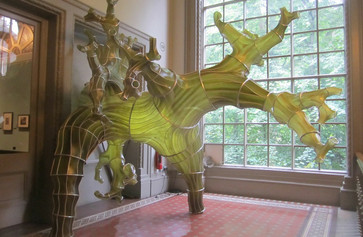
Rob Magnuson Smith’s “Come to Naga”
A fiction writer imagines the secret history of an artwork.
Rob Magnuson Smith
Apr 5, 2021
-
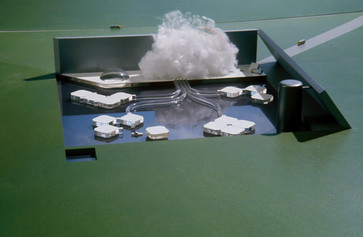
Planet, Mother, Spaceship: Art to Commemorate Earth Day
From floating think tanks to modular coral farms, MoMA’s Architecture and Design curators share artworks addressing the environmental crisis.
Apr 17, 2020

